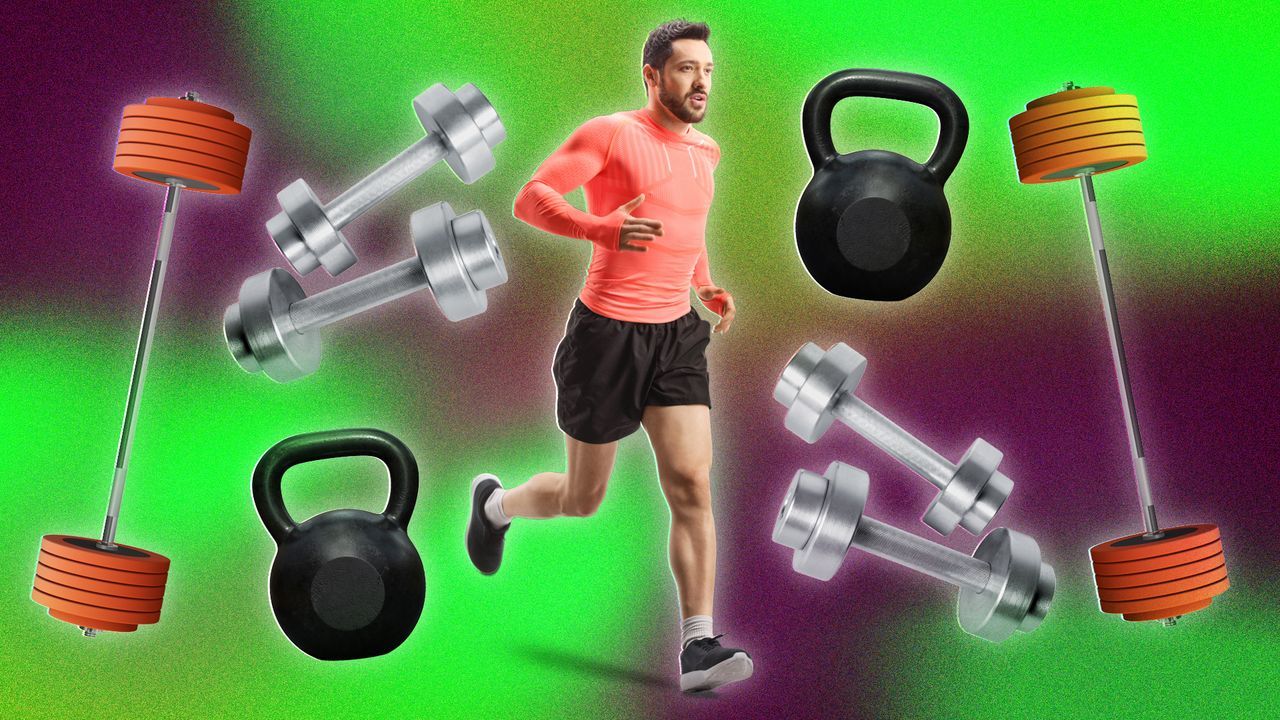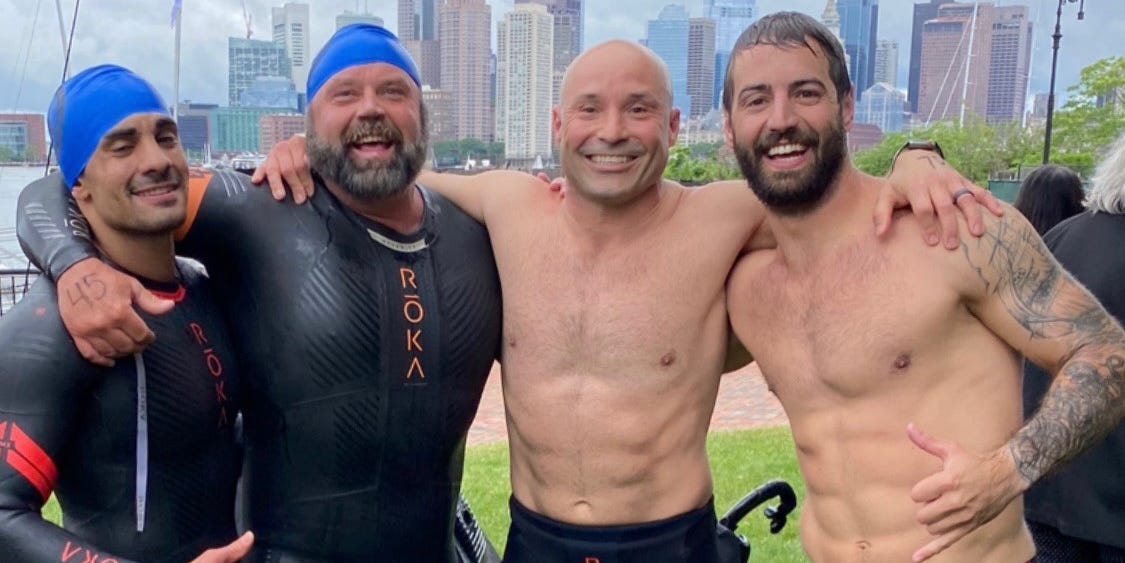As a running novice currently training for a half marathon, consistent runs on a sensible timetable have helped my distances, times, and confidence improve. But it can sometimes feel like there’s more I could be doing to take my conditioning to the next level.
This nagging feeling has been proven correct by generations of actual runners. As serious joggers and professional athletes will attest, there’s much more to a personal best than just a daily jog. Targeted workouts are a surefire way of taking you from part-time jogger to marathon maniac. Here’s how to use strength training to up your running game.
How important is strength training for runners?
Strength training for runners is simply a combination of targeted and more general weight and bodyweight exercises that can elevate your strength and technique while protecting your body against injury.
“The benefits from strength training for running are invaluable,” says fitness coach and Innermost ambassador Aaron Breckell. “Not only will you improve strength and muscular endurance which can help with the performance of running, but it also plays a big role in injury prevention.”
Strength training gives runners a stronger base from which to spring, adding to stamina and power.
“Strength training increases a runner’s ability to apply force to the ground,” Chris Poole, founder and head coach at The Alchemy, says. This is referred to as a ground reaction force (GRF).
“Basically, the harder you can strike the ground, the more force you have to propel yourself forward with each stride,” he says. “If you carry the ability to produce more force, you become much more effective with each stride at the same energy cost. This enhanced stride length will make you a faster and more efficient runner.”
How much strength training do runners need?
In terms of how much time you should be spending in the gym instead of on the road, Breckell says this is dependent on your goals.
“50/50 is a good place to begin, however this may change depending on where an individual is at,” he says. “For example, the ratio between the two will differ between someone who is just running for fun and someone who is training for their first marathon.”
Basically, don’t worry as much about your gym membership if your aim is to get outside for some fresh air. But if you are looking to get faster and run longer, the type of training you do is also important. The aim is to work the right muscles and improve your running power.
“It would be wise to train heavy, moderate and light in a periodized training program, in order to expose the muscle fibers to a range of stimuli and deliver the best results possible,” Breckell says.
Your training is just as much about injury prevention as performance enhancement.
“Runners usually have an imbalance between the quadriceps and upper posterior leg muscles,” says Poole. “The quads are given enormous training stressors while the hamstring and glute muscles get left behind. This creates a huge imbalance around the hips and knees which can often lead to injuries such as patellofemoral pain or runner’s knee.





